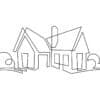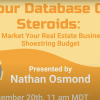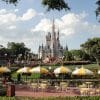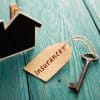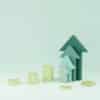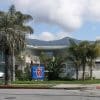Source: JD Supra —
In the nineteenth century, a musical genre known as the song cycle developed. Consisting of individually complete vocal songs, collectively, a song cycle
Composer Franz Schubert’s cycles of German lieder (musical compositions sung by a soloist with piano accompaniment) are among the best-known examples of this genre. However, Beethoven and Carl Maria von Weber wrote some of the earliest examples of the German song cycles.
Song cycles aren’t only seen among German romantic composers. French, English, and American composers also have written song cycles. In 2020, a song cycle in English and Yiddish by American composer Alex was a finalist for a Pulitzer Prize. And in popular music, many classify Pink Floyd’s rock opera, The Wall, as a song cycle.
In March 2021, I wrote about another type of cycle — the real estate cycle. I blamed the COVID-19 pandemic for bringing an abrupt, premature end to the last cycle and predicted we would see signs of recovery by mid-2022.
Recovery came by more quickly than I predicted. By October 2021, the National Association of Realtors (NAR) reported increased absorption/reduced vacancies in most commercial real estate sectors, with multifamily showing the most dramatic recovery. Only the office sector appeared to remain stagnant, and NAR’s economist forecast it could be at least 2024 before that sector shows recovery.
This article again discusses the real estate cycle, the current state of the market, and what the future might hold for commercial real estate.
The Relationship Between Supply, Demand, and Real Estate Prices.
Real estate finance isn’t complicated. Investors frequently use an income analysis to calculate the purchase price. First, investors decide what percentage return they want on their investment (ROI).
The market and perceived risk primarily determine ROI. The calculation uses a base return equal to that on a no- or low-risk interest rate, such as that on a US government bond or bank savings account, plus a risk premium. The risk premium may consider many factors, such as geographic location, property condition, and competing rents. But the risk premium is a function of supply and demand.
After deciding on their desired ROI, investors look at the property’s anticipated cash flow from a property to determine what investment amount would yield that ROI. For example, if an investor wants an eight percent ROI and the real estate generates $800,000 in cash per year in cash flow, the investor will likely value that real estate at $10,000,000.







